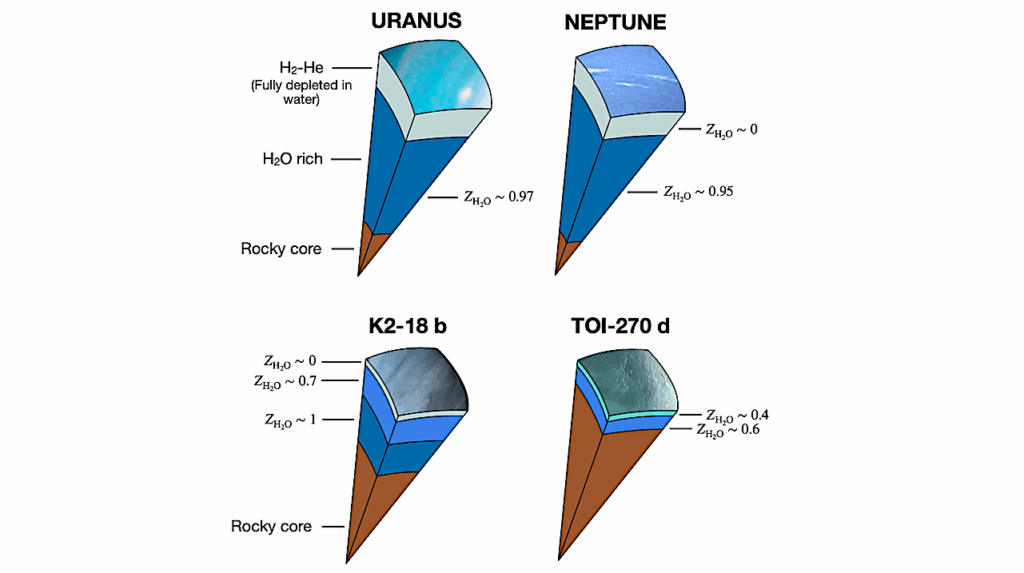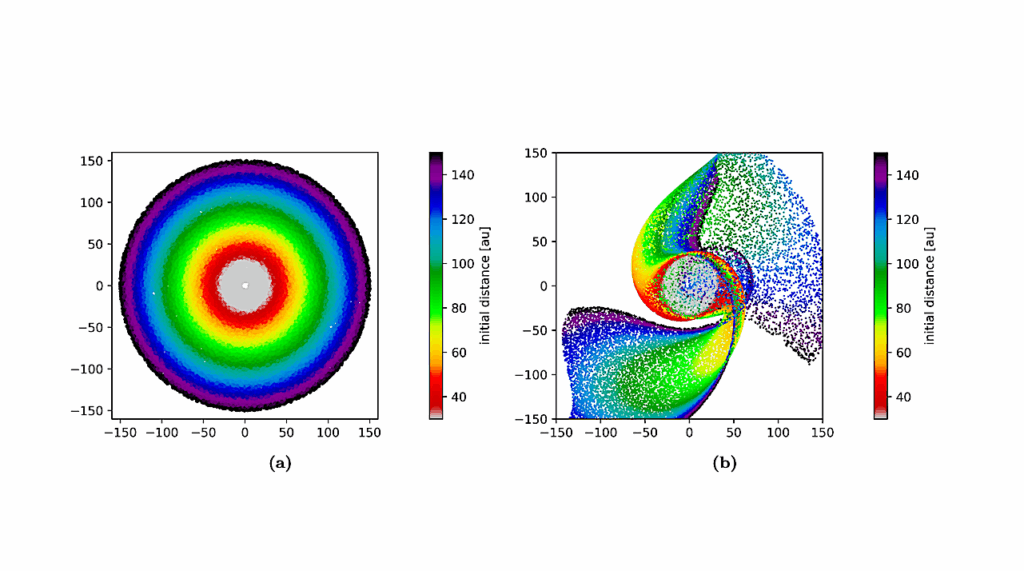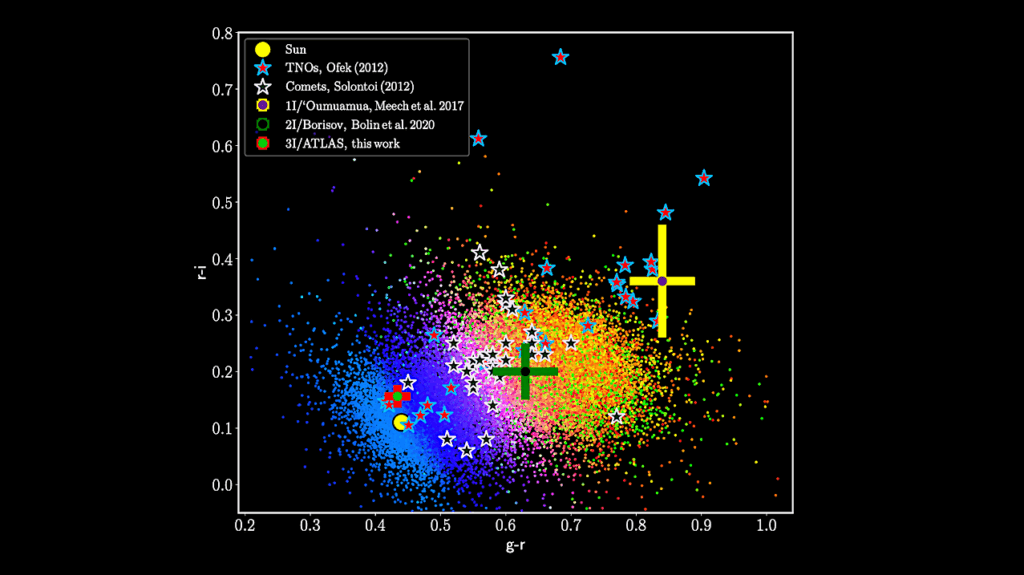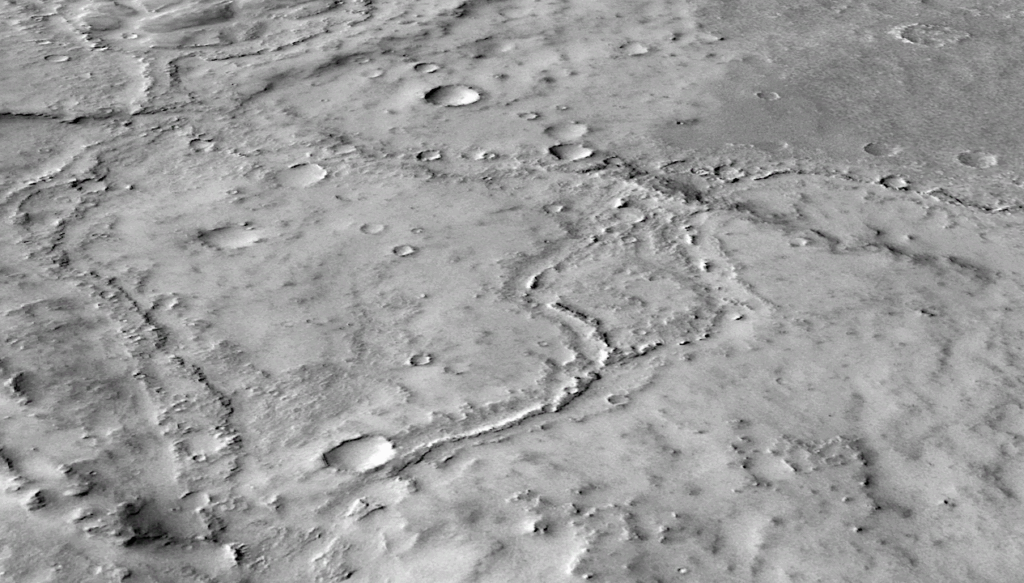Finding Mountains With Molehills: The Detectability of Exotopography

Mountain ranges, volcanoes, trenches, and craters are common on rocky bodies throughout the Solar System, and we might we expect the same for rocky exoplanets.
With ever larger telescopes under design and a growing need to not just detect planets but also to characterize them, it is timely to consider whether there is any prospect of remotely detecting exoplanet topography in the coming decades. To test this, we devised a novel yet simple approach to detect and quantify topographical features on the surfaces of exoplanets using transit light curves. If a planet rotates as it transits its parent star, its changing silhouette yields a time-varying transit depth, which can be observed as an apparent and anomalous increase in the photometric scatter.
Using elevation data for several rocky bodies in our solar system, we quantify each world’s surface integrated relief with a “bumpiness” factor, and calculate the corresponding photometric scatter expected during a transit. Here we describe the kinds of observations that would be necessary to detect topography in the ideal case of Mars transiting a nearby white dwarf star. If such systems have a conservative occurrence rate of 10%, we estimate that the upcoming Colossus or OWL telescopes would be able to detect topography with <20 hours of observing time, which corresponds to ~400 transits with a duration of 2 minutes and orbital period of ~10 hours.
Moiya A.S. McTier, David M. Kipping
(Submitted on 17 Jan 2018)
Comments: Accepted to MNRAS
Subjects: Earth and Planetary Astrophysics (astro-ph.EP)
Cite as: arXiv:1801.05814 [astro-ph.EP] (or arXiv:1801.05814v1 [astro-ph.EP] for this version)
Submission history
From: Moiya McTier [view email]
[v1] Wed, 17 Jan 2018 19:00:13 GMT (1571kb,D)
https://arxiv.org/abs/1801.05814
Astrogeology, Astrobiology








